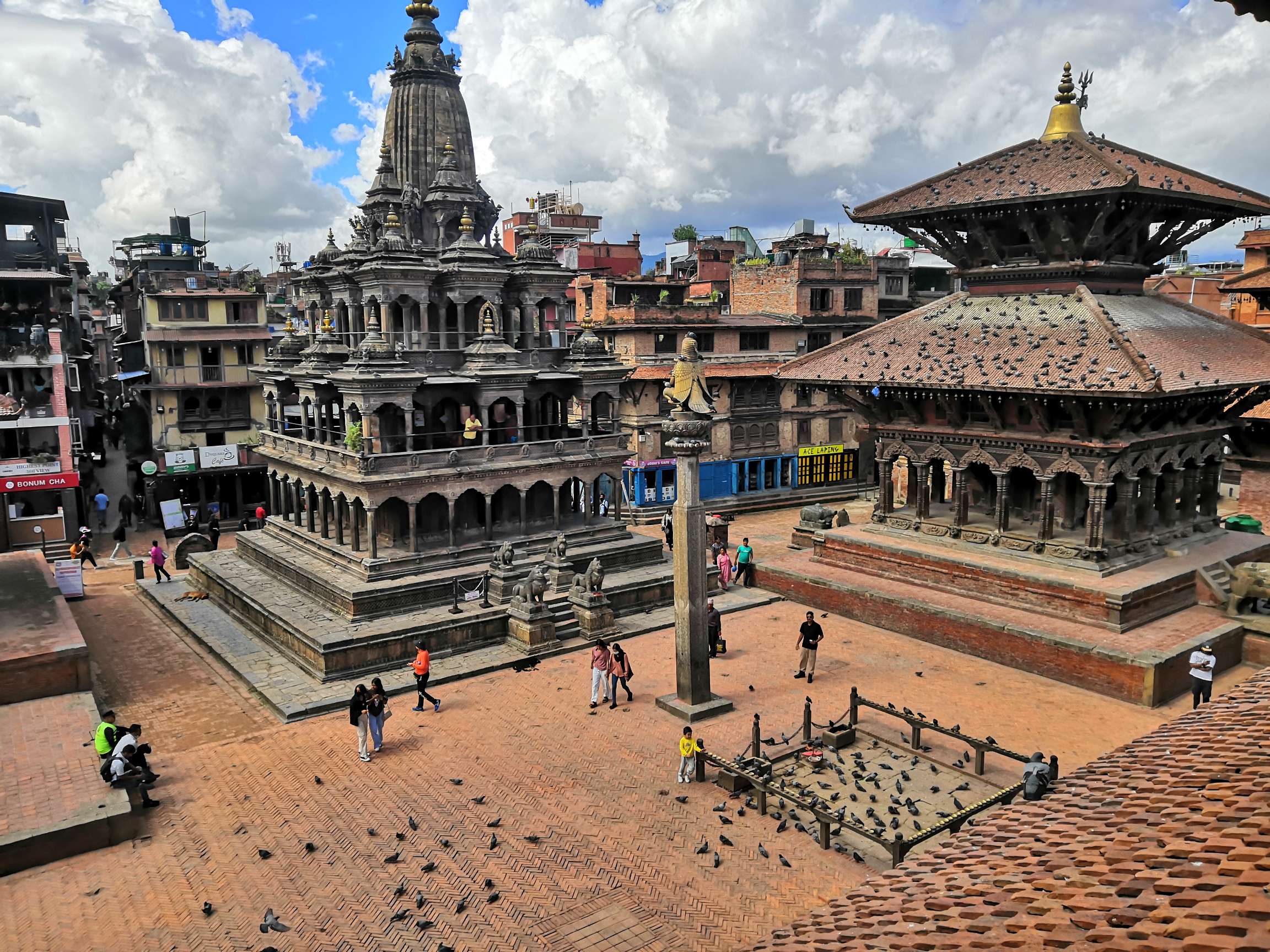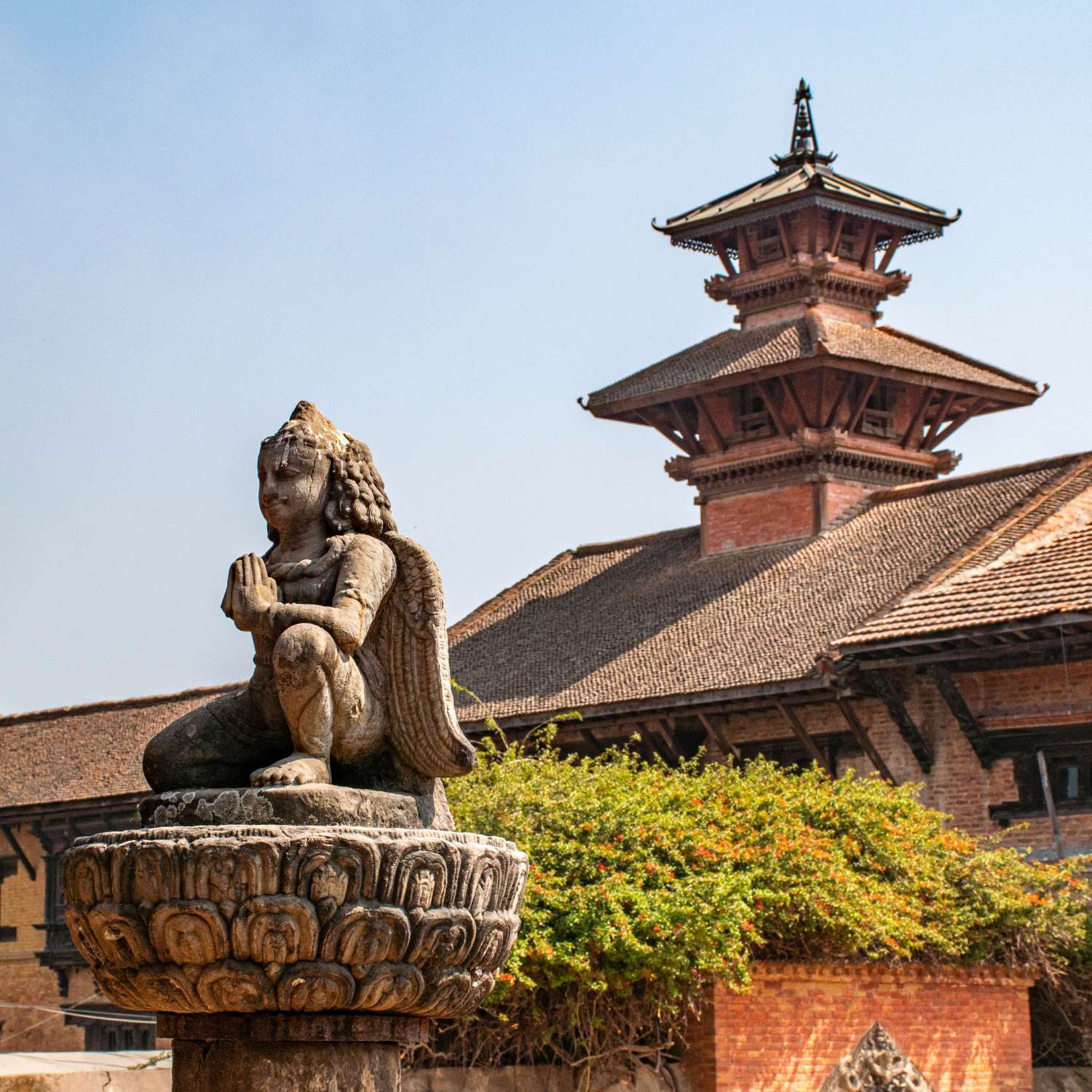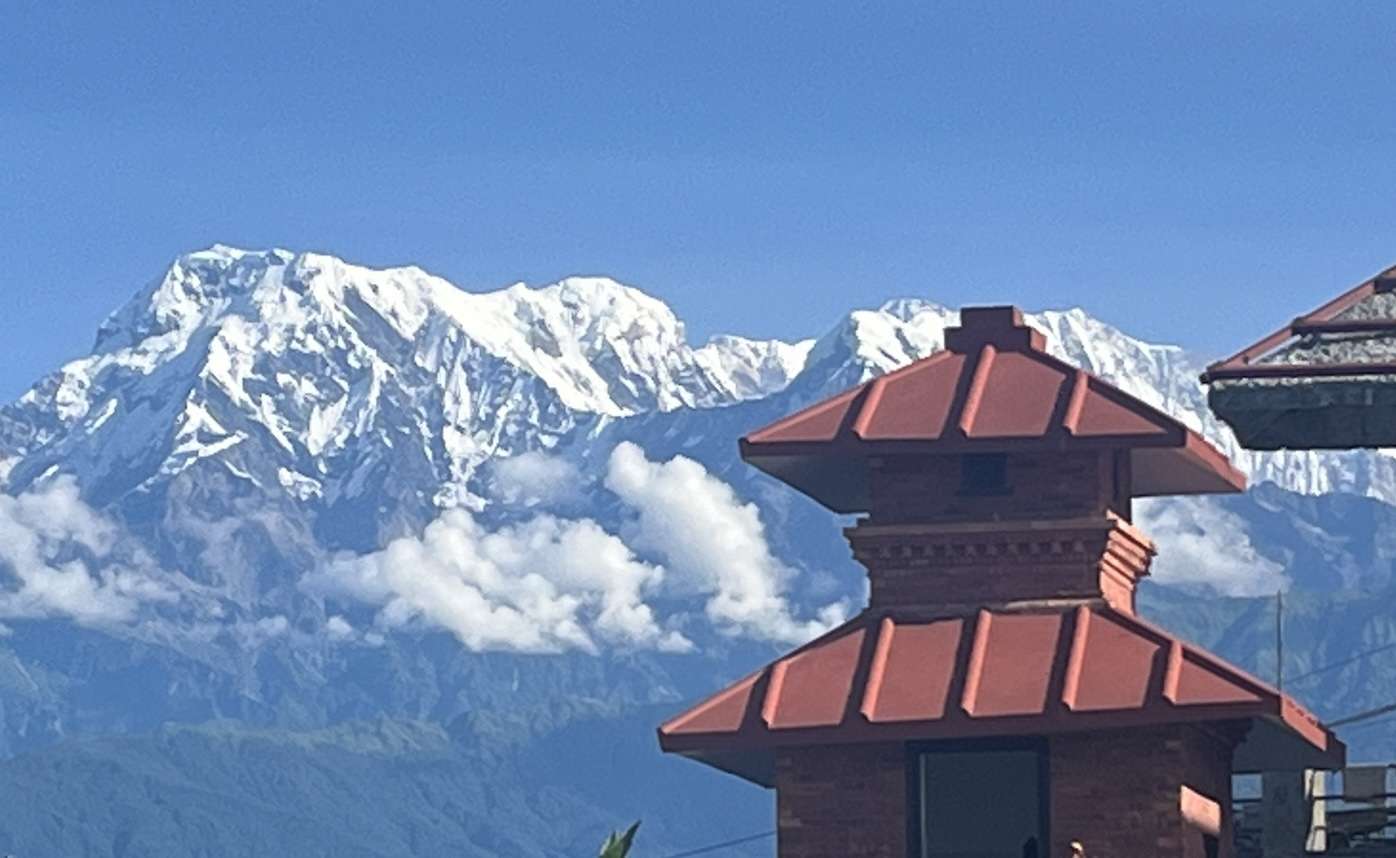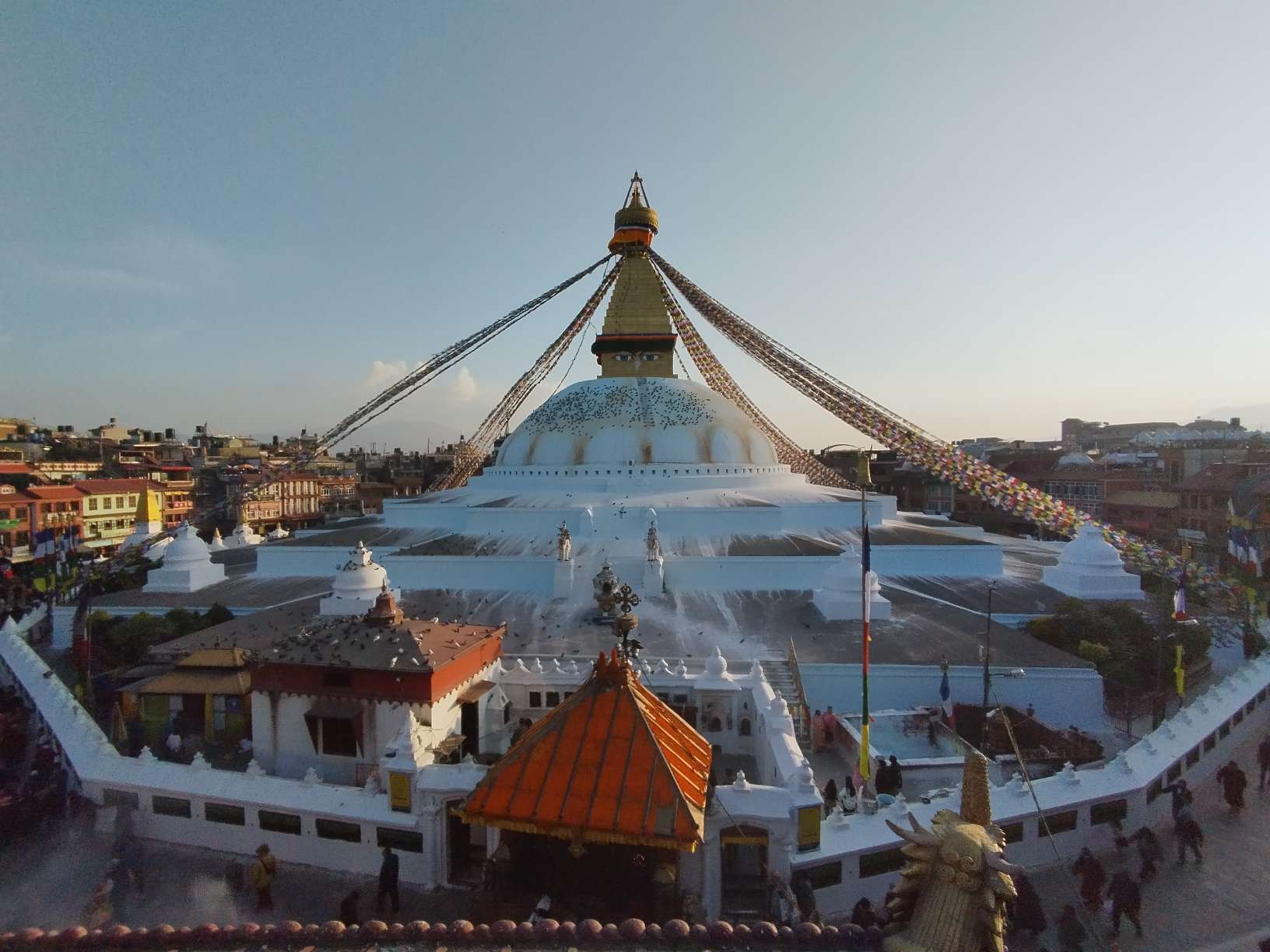Embark on an unforgettable journey through the heart of Nepal with the Kathmandu-Muktinath Tour, a perfect blend of cultural exploration, spiritual discovery, and natural beauty. This meticulously crafted itinerary by Himalayan Walkers takes you from the bustling streets of Kathmandu to the serene landscapes of Pokhara and the sacred pilgrimage site of Muktinath. Whether you're a spiritual seeker, a nature lover, or a cultural enthusiast, this tour offers something for everyone. With seamless logistics, expert guidance, and a focus on authentic experiences, Himalayan Walkers ensures a hassle-free and memorable adventure in the Himalayas.
Detailed Itinerary Overview of Kathmandu-Muktinath Tour
Day 1 & 2: Arrival in Kathmandu and Kathmandu Sightseeing
Your journey begins with your arrival at Tribhuvan International Airport in Kathmandu. Upon landing, you’ll be warmly welcomed by a representative from Himalayan Walkers and transferred to your hotel. After checking in, take some time to rest and acclimatize to the altitude. In the evening, you can explore the vibrant streets of Thamel, a bustling hub of shops, restaurants, and cafes. This is the perfect way to ease into your adventure and get a taste of Kathmandu’s lively atmosphere.
Next day, after a hearty breakfast, embark on a full-day sightseeing tour of Kathmandu’s UNESCO World Heritage Sites. Begin your day at Swayambhunath Stupa, also known as the Monkey Temple, a sacred Buddhist site perched atop a hill with panoramic views of the valley. Next, visit Pashupatinath Temple, one of the holiest Hindu shrines dedicated to Lord Shiva, located on the banks of the Bagmati River. Continue to Boudhanath Stupa, one of the largest stupas in the world and a center of Tibetan Buddhism. Conclude your tour at Kathmandu Durbar Square, a historic site showcasing Newari architecture, ancient palaces, and intricate temples. Return to your hotel in the evening and prepare for the next leg of your journey.
Day 3: Drive from Kathmandu to Pokhara
After breakfast, embark on a scenic drive to Pokhara, Nepal’s picturesque lakeside city. The 6-7 hour journey takes you through lush valleys, terraced fields, and charming villages, with stunning views of the Himalayan foothills along the way. Upon arrival, check into your hotel and take some time to relax. In the evening, enjoy a leisurely stroll along Phewa Lake or explore the vibrant lakeside area, known for its cafes, shops, and laid-back vibe.
Day 4: Fly from Pokhara to Jomsom and Visit Muktinath
Rise early for a breathtaking flight from Pokhara to Jomsom, a small town nestled in the Kali Gandaki Valley. The 20-25 minute flight offers jaw-dropping views of the Annapurna and Dhaulagiri mountain ranges. From Jomsom, drive to the sacred Muktinath Temple, a revered pilgrimage site for both Hindus and Buddhists. Located at an altitude of 3,800 meters, Muktinath is known for its 108 water spouts and eternal flame. Spend time exploring the temple and soaking in the spiritual ambiance before returning to Jomsom for the night.
Day 5: Fly Back to Pokhara and Pokhara Sightseeing
After breakfast, fly back to Pokhara and begin a full day of sightseeing. Start with a serene boat ride on Phewa Lake, where you can visit the Tal Barahi Temple, a small island temple dedicated to the Hindu goddess Durga. Next, head to the World Peace Pagoda, a Buddhist stupa offering panoramic views of Pokhara and the surrounding mountains. Continue to Devi’s Fall and Gupteshwor Cave, two natural wonders located close to each other. Conclude your tour with a visit to Bindhyabasini Temple, a sacred Hindu shrine. Spend the evening relaxing by the lakeside or exploring local markets.
Day 6: Drive from Pokhara to Kathmandu
After breakfast, embark on the scenic drive back to Kathmandu. The 6-7 hour journey takes you through picturesque landscapes, offering one last glimpse of Nepal’s natural beauty. Upon arrival, check into your hotel and spend the evening at leisure. You can use this time for last-minute shopping or exploring local restaurants.
Day 7: Departure from Kathmandu
Your Kathmandu-Muktinath Tour with Himalayan Walkers comes to an end today. Depending on your flight schedule, you may have some free time for last-minute sightseeing or shopping. A representative from Himalayan Walkers will transfer you to Tribhuvan International Airport for your departure, ensuring a smooth and hassle-free end to your journey.
Why Choose Himalayan Walkers for Your Kathmandu-Muktinath Tour?
- Expert Guidance: With years of experience in organizing tours and treks in Nepal, Himalayan Walkers ensures a seamless and enriching experience.
- Customizable Itineraries: Tailor your tour to suit your preferences, whether you want to add more sightseeing or extend your stay in Pokhara.
- Local Insights: Gain a deeper understanding of Nepal’s culture, history, and spirituality with the help of knowledgeable local guides.
- Comfort and Safety: Enjoy comfortable accommodations, reliable transportation, and a focus on safety throughout your journey.
Best Time to Visit
The ideal time for the Kathmandu-Muktinath Tour is during spring (March-May) and autumn (September-November). These seasons offer clear skies, pleasant weather, and stunning views of the Himalayas, making them perfect for sightseeing and travel.
Tips for Travelers
- Pack warm clothing, especially for Jomsom and Muktinath, as temperatures can drop significantly.
- Stay hydrated and acclimatize properly to avoid altitude sickness.
- Respect local customs and traditions, particularly at religious sites.
The Kathmandu-Muktinath Tour with Himalayan Walkers is a journey of a lifetime, combining cultural immersion, spiritual exploration, and breathtaking natural beauty. From the ancient temples of Kathmandu to the serene landscapes of Pokhara and the sacred Muktinath Temple, this tour offers a holistic experience of Nepal’s diverse offerings. Let Himalayan Walkers guide you through this unforgettable adventure, ensuring every moment is filled with wonder and discovery.
Book Your Kathmandu-Muktinath Tour Today!
Ready to embark on this unforgettable journey? Contact Himalayan Walkers to book your Kathmandu-Muktinath Tour and experience the best of Nepal’s culture, spirituality, and natural beauty. Let us make your dream adventure a reality!
Trip Key Highlights
-
Holy shrines for Hindu and Buddhist.
-
Jaw dropping views of Annapurna mountain range and Mt. Dhaulagiri.
-
Visit and explore UNESCO world heritage sites in Kathmandu valley
-
Take a bath in 108 water spouts and hot spring water
-
Sensational flight over Himalayas
-
Guided tour of natural, magnificent lake city of Pokhara






